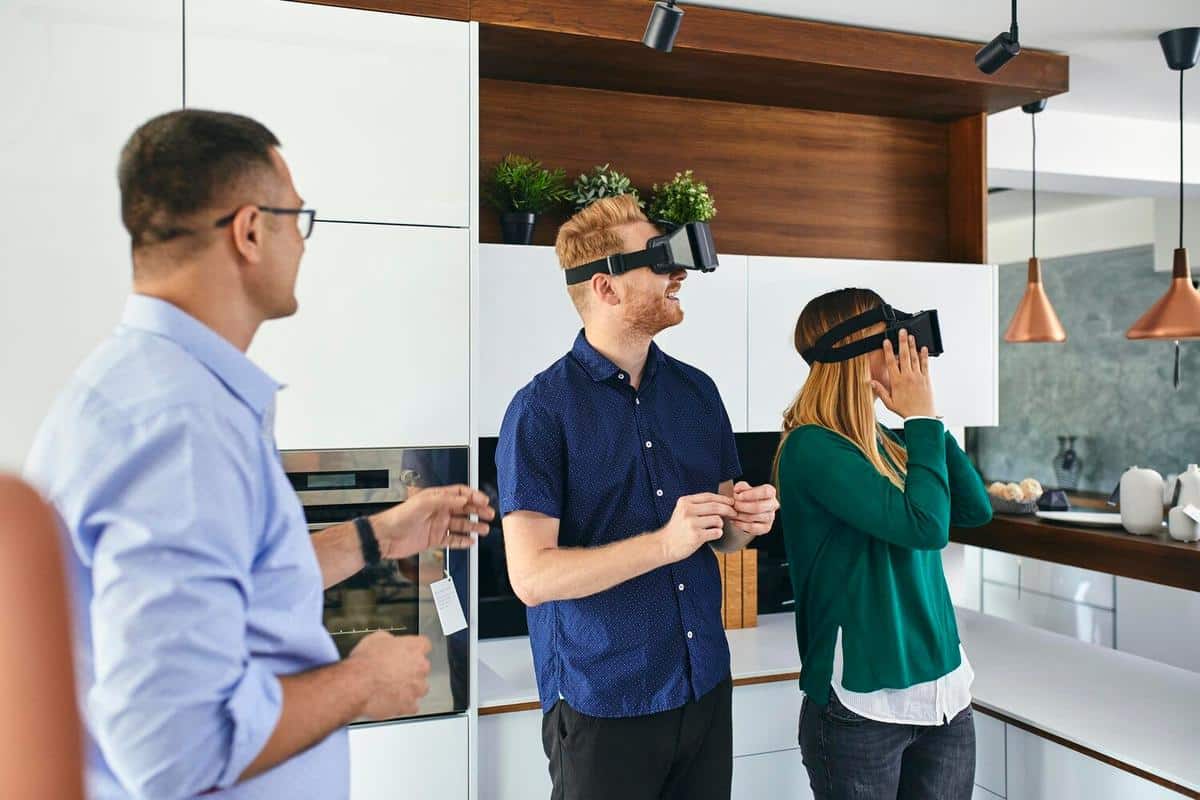
Culinary Robots: Can They Replace the Human Touch?
Imagine a world where your favorite meals are prepared by robots with meticulous precision and consistency. This isn’t a scene from a science fiction movie but a reality unfolding in kitchens today. Culinary robots are making waves in the tech-infused cooking realm, sparking debates about whether they can truly replace the human touch in cooking.
The Rise of Culinary Robots
With advancements in robotics and artificial intelligence, culinary robots have become more sophisticated, offering a range of functionalities from chopping vegetables to cooking entire meals. These innovative machines are designed to streamline kitchen operations, promising increased efficiency and precision.
Expert Opinions on Culinary Robots
Chef Marcus Samuelsson, a renowned figure in the culinary world, expressed his thoughts in an interview with Forbes, stating that while robots can enhance kitchen productivity, they lack the creative intuition that human chefs bring. He emphasizes that the artistry of cooking goes beyond mere replication of recipes.
Statistics and Research Findings
According to a report by the Statista, the global market for kitchen robotics is projected to reach $3.1 billion by 2025, reflecting a growing interest in automation within the culinary industry. This statistic highlights a significant shift towards integrating technology into kitchen environments.
Personal Anecdotes and Examples
Emma, a home cook and tech enthusiast, shared her experience with a cooking robot that she received as a gift. She found it useful for preparing basic dishes but mentioned that it couldn’t replicate the complex flavors she achieved with her personal touch. This anecdote illustrates the current limitations of culinary robots.
Actionable Tips for Integrating Robots in Your Kitchen
- Start small: Incorporate robots for repetitive tasks like chopping or stirring.
- Use them for consistency: Great for recipes that require precise measurements.
- Experiment with recipes: Leverage robots to try new cooking techniques without fear of error.
Comparison Table: Human Chefs vs. Culinary Robots
| Aspect | Human Chefs | Culinary Robots |
|---|---|---|
| Creativity | High | Low |
| Consistency | Variable | High |
| Speed | Moderate | Fast |
| Adaptability | High | Low |
| Cost | Varies | High initial investment |
| Learning Curve | Steep | Requires programming knowledge |
| Maintenance | Low | Regular updates needed |
| Emotional Connection | Strong | None |
Frequently Asked Questions
Can culinary robots replace chefs?
While culinary robots can assist in tasks and improve efficiency, they currently cannot replace the creativity and emotional connection that human chefs offer.
What are the benefits of using culinary robots?
Culinary robots provide consistency, speed, and precision, making them excellent tools for repetitive and precise tasks.
Are culinary robots cost-effective?
They require a significant initial investment but can save costs in the long run by reducing food waste and labor expenses.
Conclusion
In conclusion, culinary robots are remarkable tools that enhance kitchen efficiency and consistency. However, they lack the creative flair and emotional touch that human chefs bring to cooking. As technology continues to advance, it will be interesting to see how the roles of humans and robots evolve in the culinary world. For those eager to explore tech-infused cooking, embracing culinary robots as assistants can be a rewarding way to blend tradition with innovation.


